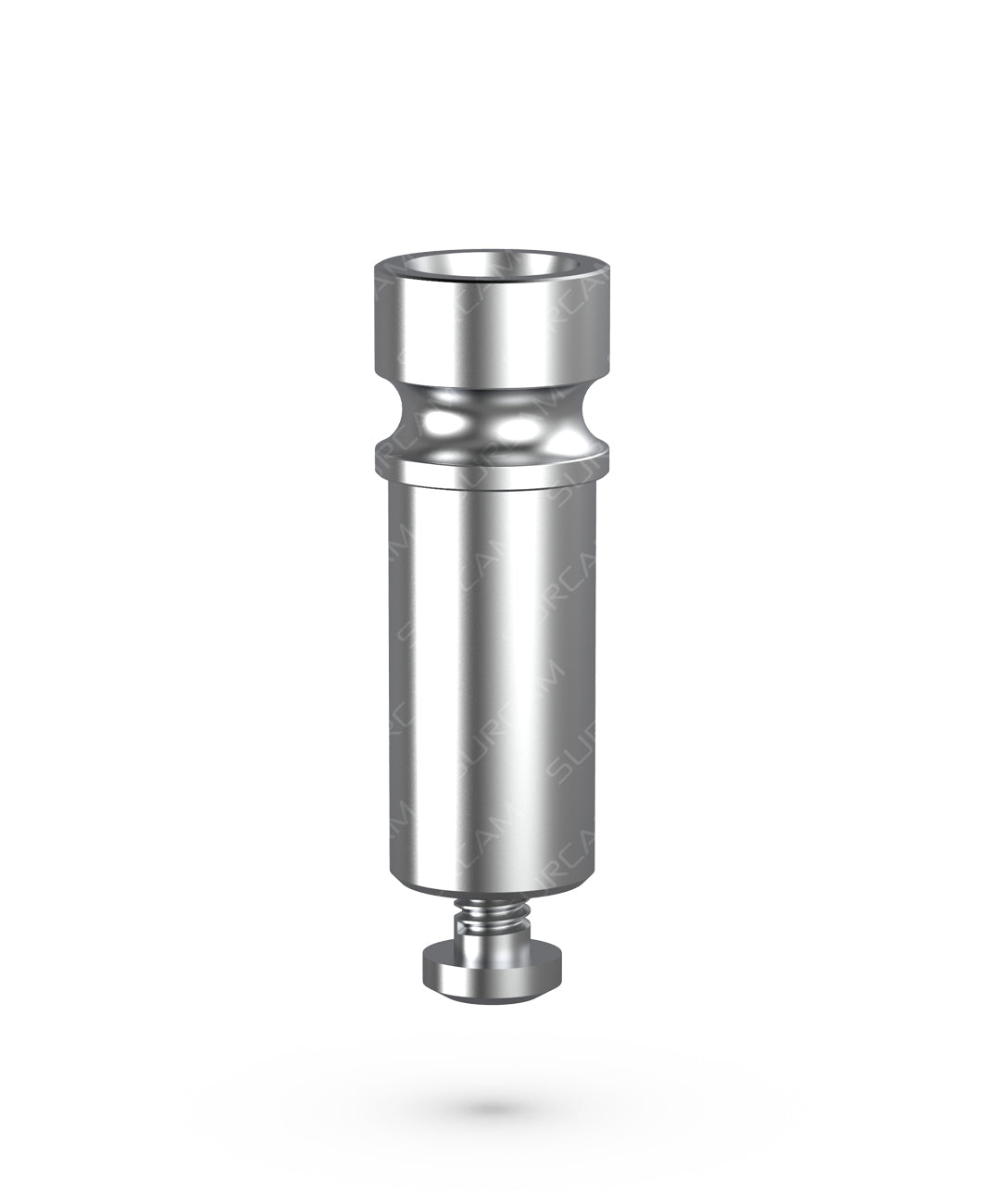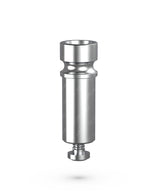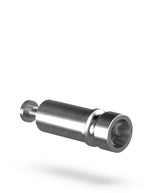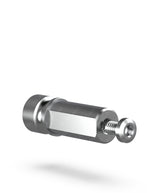Product Details
The Surcam Digital Analog RP 4.3 reproduces the implant platform geometry in 3D-printed or milled models, allowing accurate registration of position, depth, and orientation for CAD/CAM restorative workflows. Machined from Titanium Grade 5 (Ti-6Al-4V) for durability and dimensional stability, it is supplied with a matching prosthetic screw for secure seating in the model.
Use: Laboratory/model use only—not intended for intraoral placement. Verify orientation and platform code prior to fabrication.
FAQs
Is this compatible with Nobel Active RP 4.3?
Yes. It is designed for Nobel Active–compatible RP 4.3 conical platforms used in laboratory models.
Is this analog intended for intraoral use?
No. It is for laboratory/model use only and must not be placed intraorally.
Can I use it with 3D-printed resin models?
Yes. It is suitable for 3D-printed or milled models. Follow your printer/resin manufacturer’s guidelines for accuracy and post-processing.
What screw and driver should I use in the model?
Use the included prosthetic screw with the driver specified by your implant system IFU. Tighten by hand for model use; do not over-torque.
How do I ensure correct orientation in the model?
Align the anti-rotational features and seat the analog fully until flush with the model surface, then verify position/angulation before scanning or fabrication.












